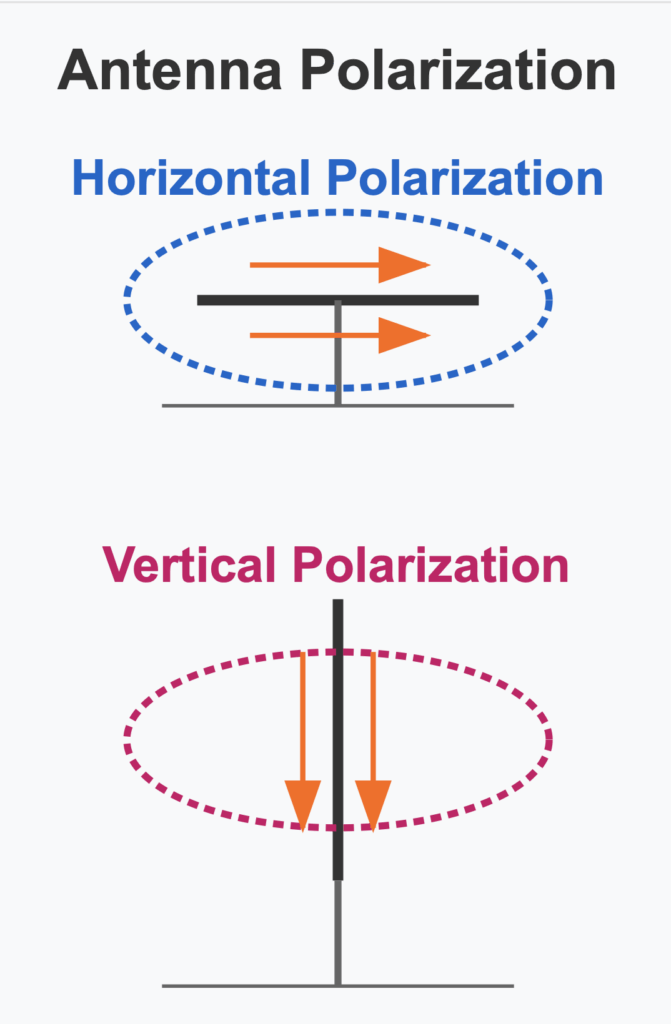Good news for amateur radio operators using the Icom IC-905 10 GHz system!
Following feedback from the San Bernardino Microwave Society (SBMS), Gordon West WB6NOA, and other users, Icom America has agreed to address the polarization configuration issue that’s been affecting signal performance.
The issue: The IC-905’s dish antenna comes configured for vertical polarization. Vertical polarization is standard in Japan. However, most U.S. amateur microwave operations use horizontal polarization.
This mismatch has resulted in significant signal strength differences during contacts.
The solution is simple: rotate either the entire dish or just the feed horn 90 degrees to achieve horizontal polarization. However, many operators weren’t aware of this requirement.
Ray Novak (N9JA) from Icom America has committed to updating the product instructions and adding a label to the packaging that alerts customers about the dish’s default vertical polarization and how to configure it for horizontal operation.
Icom has also expressed willingness to work with SBMS on developing educational content about this issue, potentially including information about SBMS membership.
Amateur radio groups interested in contributing to this effort should contact Ray Novak directly at
raynovak@icomamerica.com.
This collaborative approach between manufacturers and the amateur radio community demonstrates how user feedback can lead to improved documentation and better user experiences for microwave enthusiasts.
Below is a diagram showing the 90 degree relationship between horizontal and vertical polarization. Rotating the dish or feed by 90 degrees restores the 20-30 dB loss that you will get if your equipment is cross-polarized.

The IC-905 10 GHz system that Ken, K6CED brought to our recent “SBMS Microwave Tune-Up” event in Chino Hills, CA performed well. Ken is an experienced Radio Amateur and had his system set up and ready to go. The 10 GHz receive side was on par with several of our club-members’ radios. Sensitivity was better than some and not as sensitive as other 10G radios tested with larger reflectors and Low-Noise Amplifiers. The measured EIRP performance was within 1 dB of calculated value. Should be able to make many USB voice QSOs with this radio. I told this to Ken, and I look forward to working Ken several times in the 10 GHz and Up Contest the 3rd weekend of August.
I started out in Amateur 10 GHz in 2010 with a radio that had only 240 milliwatts output. I had no P.A. and no LNA. my dish was a converted “Dishnet 500” offset only 20 inches aperture size. But I had so much fun making contacts on 10G. I suspect Ken will too.
I will report about it after the August 10G Contest weekend. Thanks to Icom for working with SBMS.